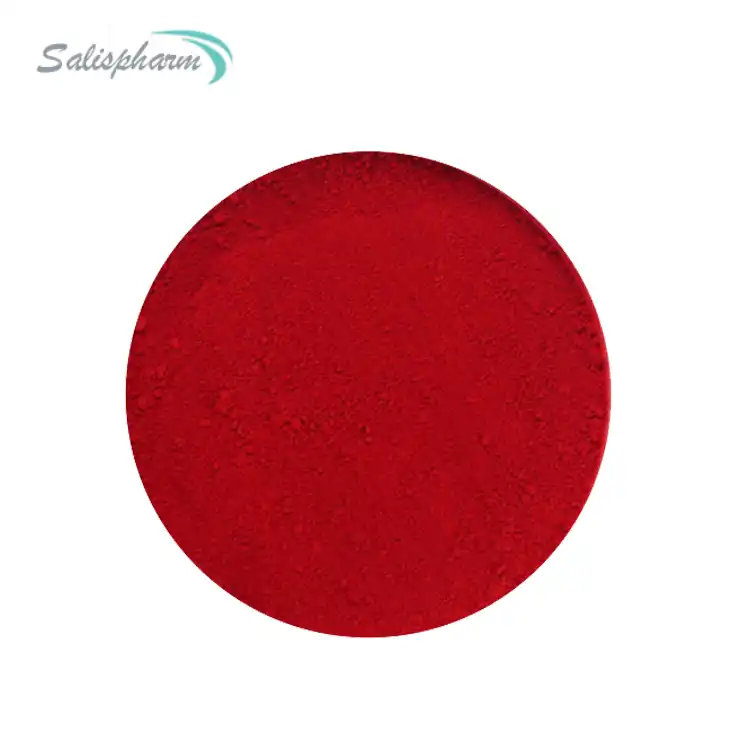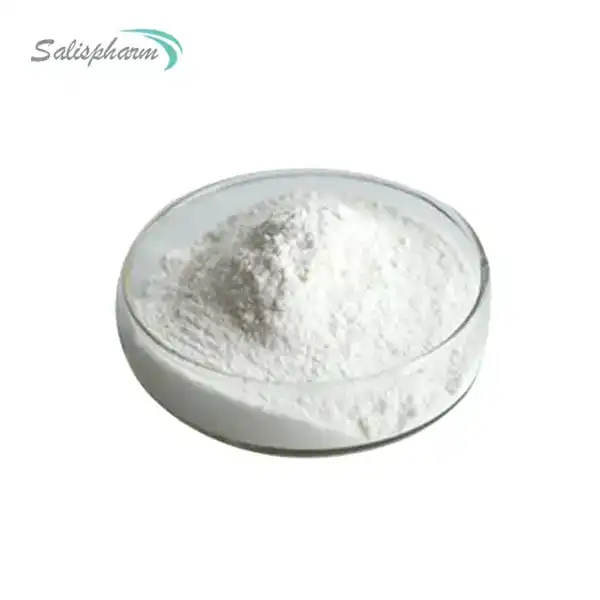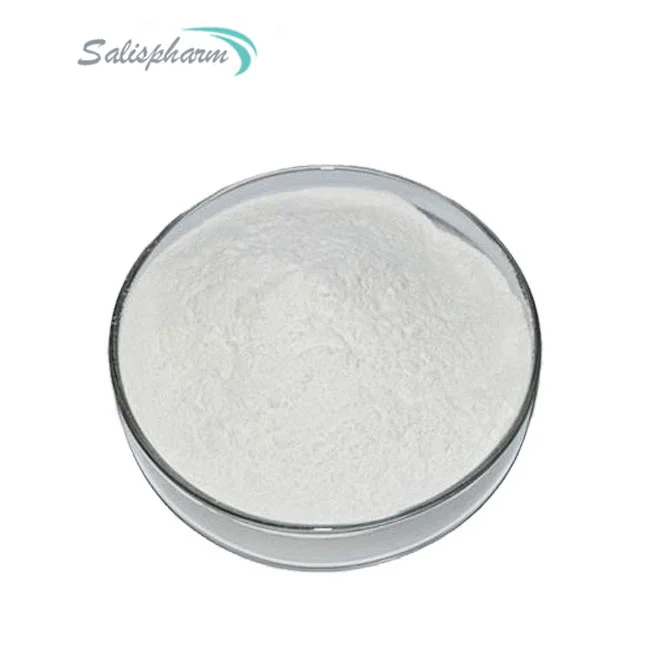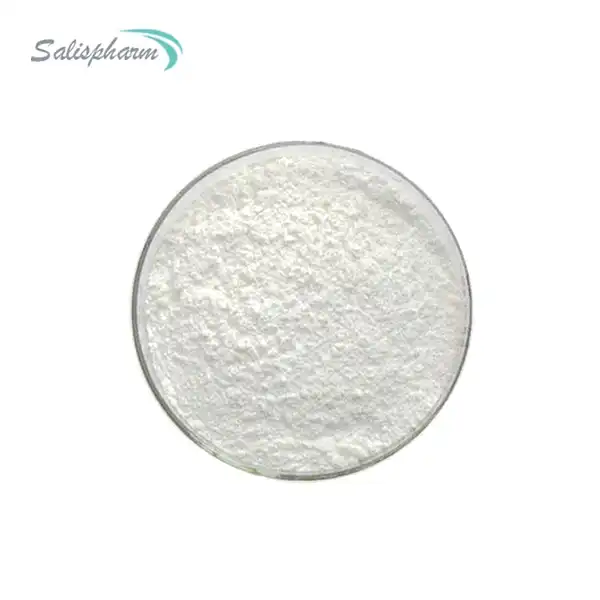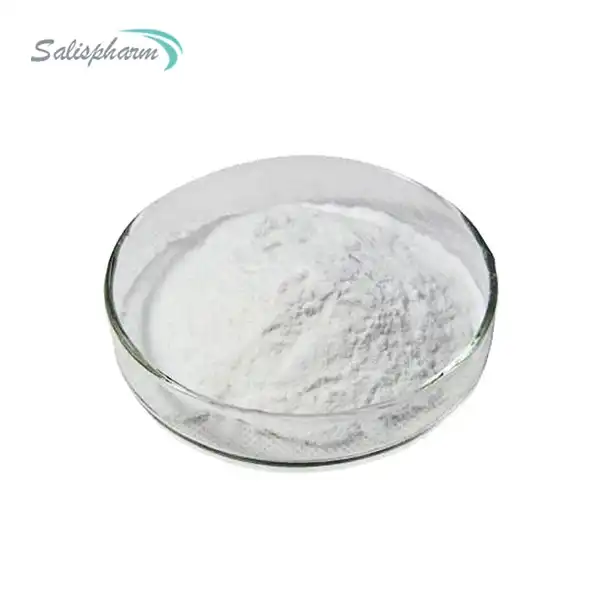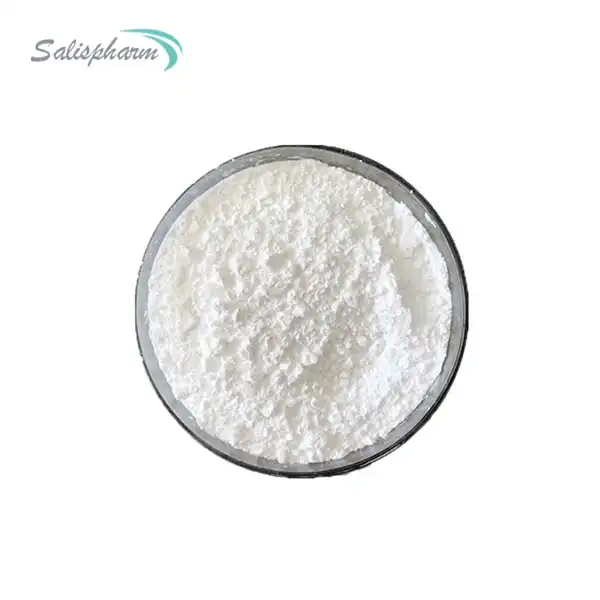Lidocaine powder, a local anesthetic medication commonly known by its brand name Xylocaine, is widely used in various medical procedures and applications. But what exactly is lidocaine powder, and how is it utilized? In this in-depth article, we will delve into the multifaceted world of lidocaine powder, exploring its uses, safety profile, potential side effects, precautions, and alternative forms of administration.
What Are the Common Uses and Applications of Lidocaine Powder?
Lidocaine powder finds extensive use across different medical fields and non-medical domains. In the medical realm, it is primarily employed as a local anesthetic to numb specific areas of the body during surgical procedures, dental work, and minor skin surgeries. Its numbing effects help reduce pain and discomfort during these interventions, enhancing patient comfort and facilitating smoother procedures.
Additionally, lidocaine powder is utilized in epidural anesthesia for childbirth, providing pain relief during labor and delivery. In the post-operative setting, it plays a crucial role in pain management by numbing incision sites and minimizing discomfort during the recovery process.
Beyond medical settings, lidocaine powder is also prevalent in cosmetic procedures, such as tattooing and laser hair removal, where its numbing properties help alleviate discomfort associated with these treatments. Tattoo artists often apply lidocaine powder topically to the skin before tattooing, reducing the pain and allowing for a more comfortable experience for clients.
In laser hair removal, the use of lidocaine powder can help numb the treated areas, minimizing the discomfort caused by the intense heat and energy from the laser. This application enhances patient tolerance and improves the overall experience during the hair removal process.
To gain a comprehensive understanding of lidocaine powder's common uses, it's imperative to consult reputable sources such as medical journals, academic institutions, and healthcare organizations. Websites like the Mayo Clinic, WebMD, and the National Institutes of Health (NIH) offer valuable insights into the medical applications of lidocaine powder, ensuring accurate and reliable information.
How Safe is Lidocaine Powder for Medical and Non-Medical Use?
While lidocaine powder is generally considered safe when administered by trained healthcare professionals in appropriate doses, misuse or overuse can pose significant risks. In medical settings, proper dosage and administration techniques are crucial to prevent adverse effects such as allergic reactions, cardiac arrhythmias, and systemic toxicity.
Healthcare providers must carefully assess each patient's medical history, current medications, and potential drug interactions before administering lidocaine powder. Factors such as age, weight, liver and kidney function, and pre-existing medical conditions can influence the safe dosage and administration of the medication.
Similarly, in non-medical contexts like cosmetic procedures, the use of lidocaine powder should adhere to established guidelines and regulations to mitigate potential harm to patients. Practitioners should receive proper training in the safe handling and application of lidocaine powder, ensuring that dosages remain within recommended limits and that proper precautions are taken.
It is essential to note that lidocaine powder should only be used under the supervision of qualified professionals and should never be self-administered without proper guidance. Improper use or excessive dosages can lead to serious complications, including seizures, respiratory depression, and even cardiac arrest in severe cases.
To assess the safety of lidocaine powder comprehensively, it's essential to consult authoritative sources such as peer-reviewed studies, regulatory agencies, and expert opinions. Websites like the U.S. Food and Drug Administration (FDA), the World Health Organization (WHO), and reputable medical journals like The Lancet and JAMA provide valuable insights into the safety profile of lidocaine powder, helping users make informed decisions about its usage.
What Are the Potential Side Effects and Precautions When Using Lidocaine Powder?
Like any medication, lidocaine powder can induce side effects, ranging from mild discomfort to severe complications. Common side effects include local reactions such as redness, swelling, and itching at the application site. These reactions are typically mild and resolve on their own within a short period.
In rare cases, systemic side effects such as dizziness, nausea, and seizures may occur, especially with excessive dosage or improper administration. These adverse effects can be indicative of lidocaine toxicity, which requires immediate medical attention.
To minimize the risk of adverse effects and ensure safe usage, healthcare providers and consumers must adhere to recommended precautions when using lidocaine powder. This includes conducting thorough patient assessments, verifying allergies and medical history, and employing proper administration techniques.
Healthcare professionals should be vigilant for signs of toxicity, such as slurred speech, confusion, muscle twitching, and irregular heartbeats. If these symptoms occur, they should immediately discontinue the use of lidocaine powder and seek emergency medical assistance.
Additionally, certain populations may be more susceptible to the adverse effects of lidocaine powder, including pregnant women, individuals with liver or kidney disease, and those with certain heart conditions. In these cases, healthcare providers should exercise extra caution and consider alternative treatment options if necessary.
To delve deeper into the potential side effects and precautions associated with lidocaine powder, it's essential to consult authoritative sources such as drug labels, medical textbooks, and peer-reviewed literature. These resources provide comprehensive information on dosing guidelines, contraindications, and management strategies for adverse reactions.
Alternative Forms of Lidocaine Administration
While lidocaine powder is a widely used and effective form of administration, it is not the only option available. Lidocaine can also be administered through various other routes, each with its own advantages and considerations.
Lidocaine injections: In some surgical procedures or dental treatments, lidocaine may be injected directly into the area requiring anesthesia. This method allows for rapid onset and targeted numbing, but carries the risk of bruising, bleeding, and potential nerve damage if not administered properly.
Lidocaine patches: Transdermal lidocaine patches are commonly used for the management of post-herpetic neuralgia (shingles pain) and other neuropathic pain conditions. These patches provide sustained release of lidocaine over an extended period, offering long-lasting pain relief. However, they may not be suitable for acute or localized pain management.
Lidocaine ointments and creams: Topical lidocaine formulations, such as ointments and creams, are often used for minor skin procedures, sunburn relief, and temporary pain management. These products are easy to apply and relatively safe when used as directed, but their effectiveness may be limited compared to other forms of administration.
Lidocaine sprays and solutions: Lidocaine solutions and sprays are commonly used in dental procedures, throat numbing, and certain surgical interventions. They allow for rapid onset and targeted application but may require specialized equipment or training for proper administration.
The choice of lidocaine administration route depends on various factors, including the nature of the procedure, the desired onset and duration of action, patient preferences, and potential risks and side effects. Healthcare professionals should carefully evaluate each patient's unique circumstances and discuss the available options to determine the most appropriate and safe form of administration.
Conclusion
In conclusion, lidocaine powder serves as a valuable tool in various medical and non-medical applications, offering effective pain relief and anesthesia when used appropriately. By understanding its common uses, safety profile, potential side effects, and precautions, healthcare professionals and consumers can make informed decisions regarding its utilization. However, proper dosage, administration, and precautions are paramount to ensure the safe and effective use of lidocaine powder in diverse settings. Additionally, exploring alternative forms of lidocaine administration may provide suitable options tailored to specific patient needs and procedures.
If you are also interested in this product and want to know more product details, or want to know about other related products, please feel free to contact sasha_slsbio@aliyun.com.
References:
"Lidocaine Topical: MedlinePlus Drug Information." MedlinePlus, U.S. National Library of Medicine, 6 May 2022.
"Lidocaine: Drug Information." UpToDate, Wolters Kluwer, 3 Jan. 2022.
"Local Anesthetics: Overview and Pharmacology." StatPearls [Internet]. Treasure Island (FL): StatPearls Publishing, 2022.
"Lidocaine." LiverTox: Clinical and Research Information on Drug-Induced Liver Injury, National Institute of Diabetes and Digestive and Kidney Diseases, 29 Apr. 2022.
"Lidocaine (Xylocaine) Injection: Uses, Dosage, Side Effects." Drugs.com, Drugs.com, 15 Dec. 2022.
"Lidocaine Transdermal Patch." Prescriber's Digital Reference (PDR), 2022.
"Lidocaine Topical." RxList, RxList Inc., 18 Feb. 2022.
"Lidocaine." Drugs and Lactation Database (LactMed), National Library of Medicine (US), 2006."

